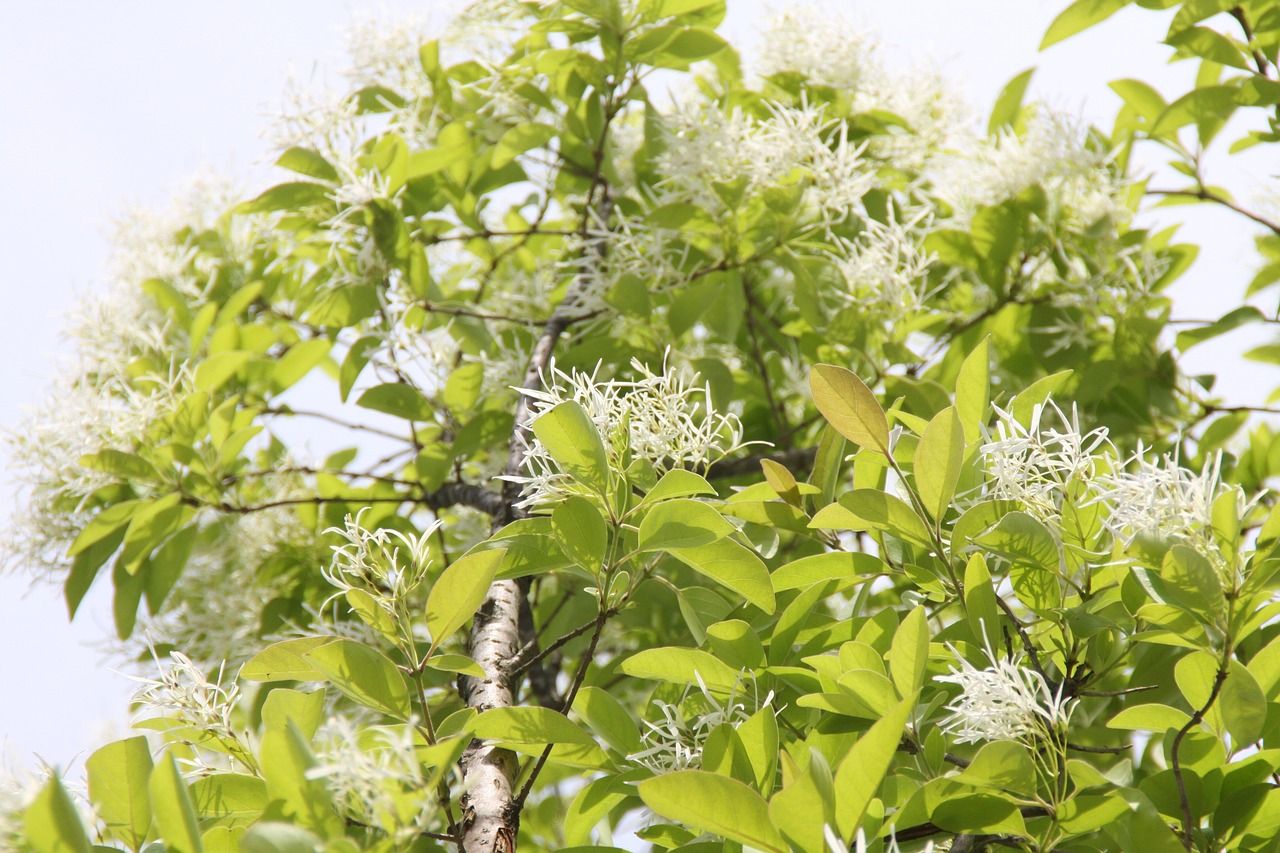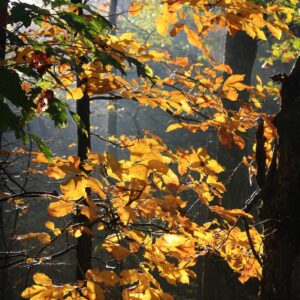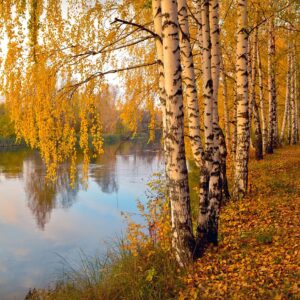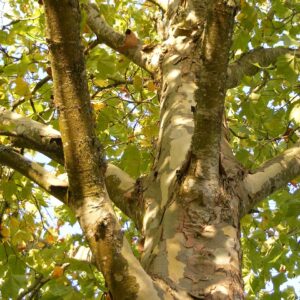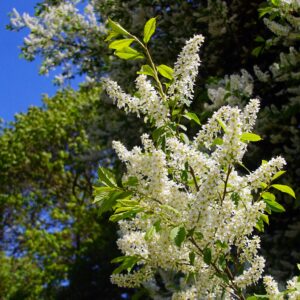White Fringe Tree (Chionanthus virginicus), also known as White Fringetree or Old Man’s Beard, is a deciduous tree native to the southeastern United States. It is admired for its striking, fragrant flowers and attractive foliage. White Fringe Tree (Chionanthus virginicus) is an attractive and unique addition to gardens and landscapes, known for its striking floral display and pleasant fragrance. Its adaptability and ornamental value make it a desirable choice for various garden settings.
Appearance:
Size: White Fringe Tree typically grows 12-20 feet (3.5-6 meters) tall and wide. It has a rounded, dense canopy with a moderate to spreading growth habit. In some conditions, it can reach up to 30 feet (9 meters).
Leaves: The leaves are opposite, simple, and elliptical, measuring about 4-8 inches (10-20 cm) long. They are dark green, with a smooth texture and a slightly wavy edge. In the fall, the foliage turns yellow, providing seasonal color. Flowers: One of the most distinctive features of the White Fringe Tree is its showy flowers, which bloom in late spring to early summer (typically May to June). The flowers are small, white, and appear in large, dense clusters. Each flower has a fringe of narrow, strap-like petals that give the tree its name. The flowers are fragrant and attract pollinators such as bees and butterflies.
Fruit: The fruit is a small, blue to black drupe, about 1/4 inch (0.6 cm) in diameter. It matures in late summer and is eaten by birds and other wildlife. The fruit is not particularly ornamental but provides food for wildlife.
Bark: The bark is gray to brown and smooth when young, becoming more textured and rougher with age. It has a relatively understated appearance compared to the striking flowers.
Habitat: White Fringe Tree prefers well-drained soils and is commonly found in woodlands, along stream banks, and in upland areas. It thrives in moist, fertile soils but can adapt to a range of soil types, including clay and sandy soils. It is hardy in USDA Hardiness Zones 4 to 9.
Uses:
Ornamental: The White Fringe Tree is highly valued for its beautiful and fragrant flowers, which make it a popular choice for ornamental gardens and landscaping. It is often used as a specimen tree, in small groupings, or as part of a naturalized planting. Its attractive foliage and flowers add visual interest throughout the growing season.
Ecological: The tree supports a range of pollinators, including bees and butterflies, due to its fragrant flowers. It also provides food for birds through its fruit.
Care:
Pruning: Prune White Fringe Tree in late winter or early spring before new growth begins. Pruning helps maintain the tree’s shape, remove any dead or damaged branches, and improve air circulation within the canopy. Light pruning after flowering can also be done to enhance the tree’s appearance.
Watering: The tree prefers consistently moist soil but can tolerate brief periods of drought once established. Regular watering during dry spells helps maintain its health and vigor.
Fertilizing: A balanced, slow-release fertilizer applied in early spring can support healthy growth and flowering. The tree is not overly demanding in terms of fertilization.
Pests and Diseases: White Fringe Tree is generally resistant to pests and diseases but can occasionally be affected by issues such as leaf spots or scale insects. Regular monitoring and proper care can help manage these problems.

